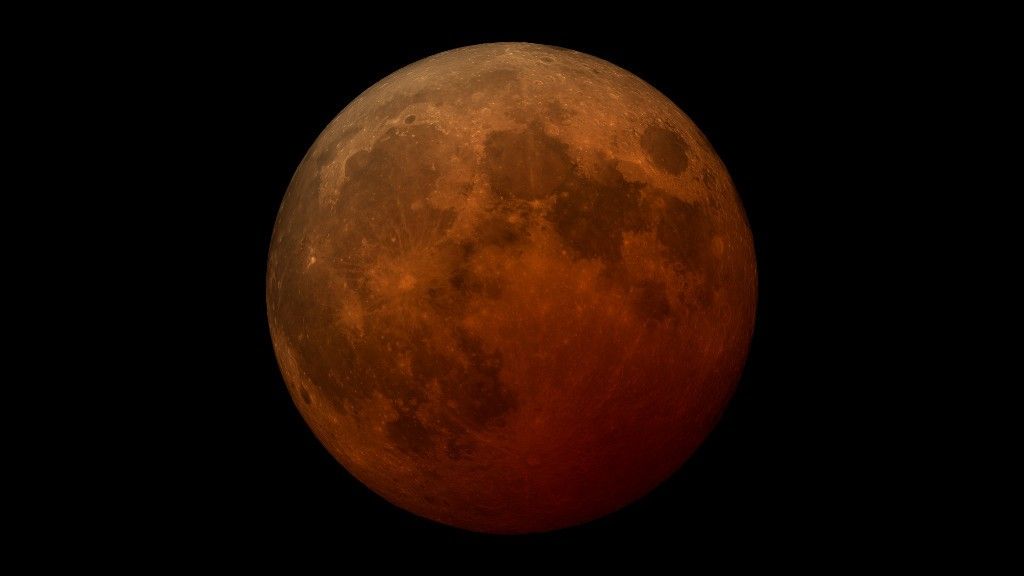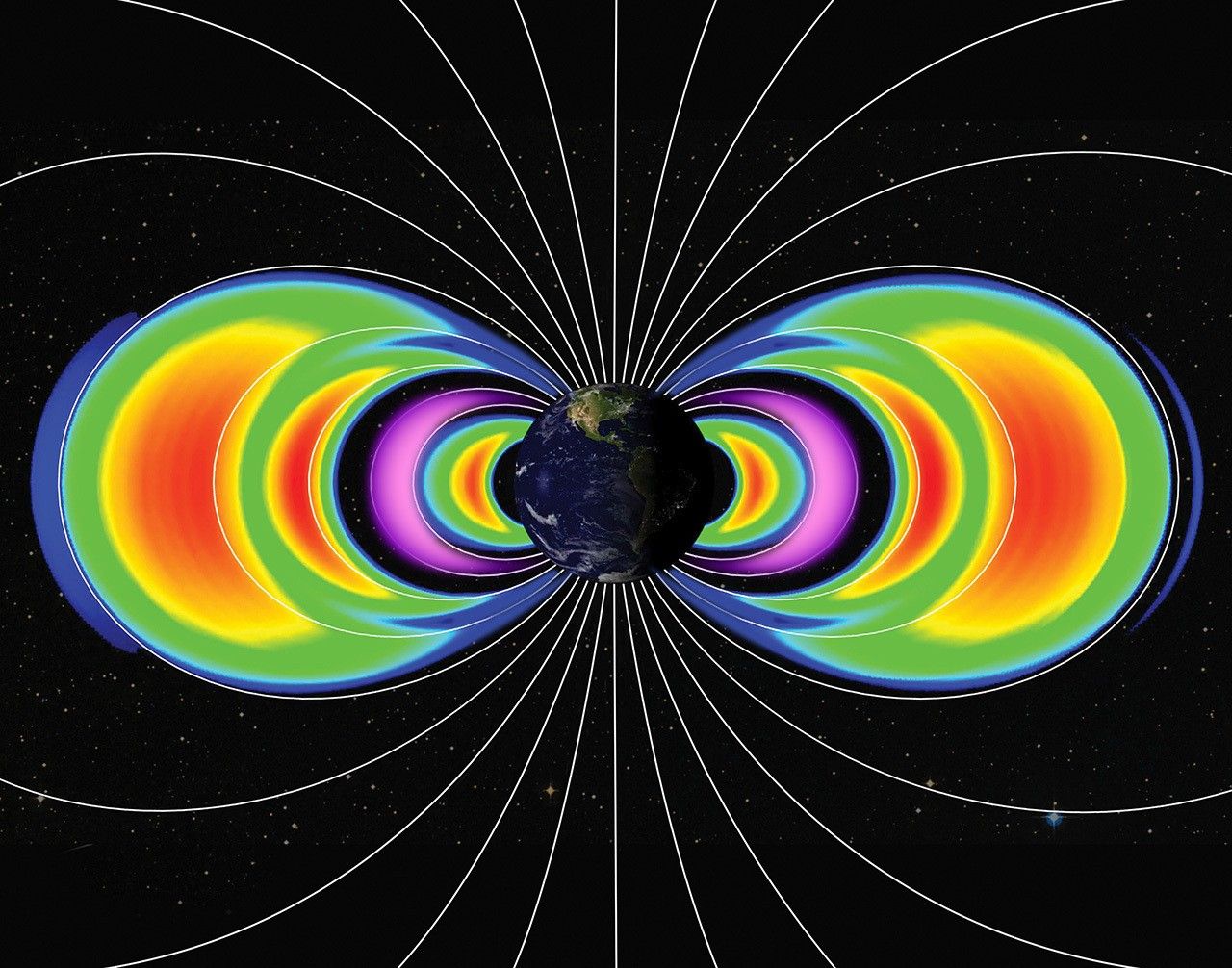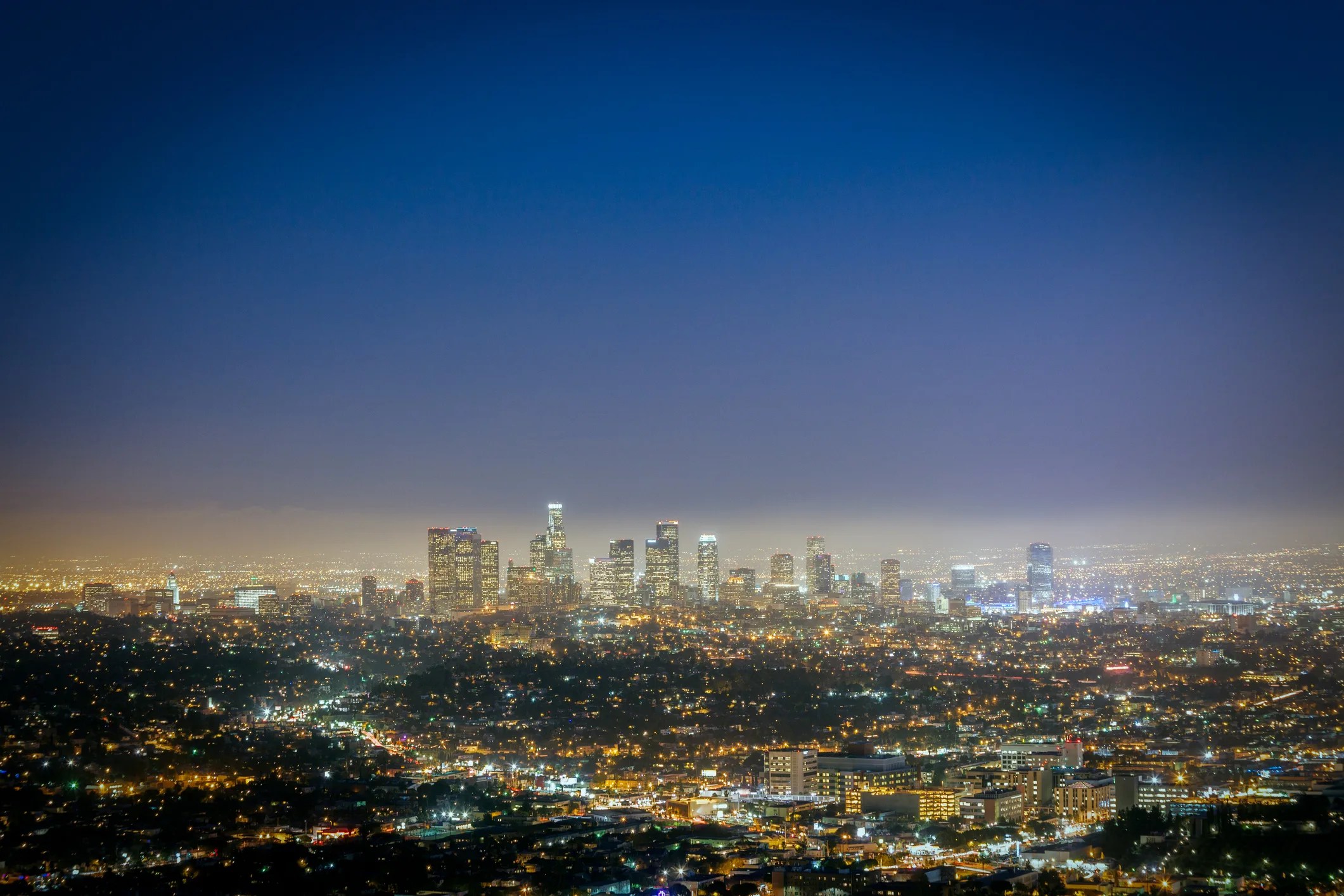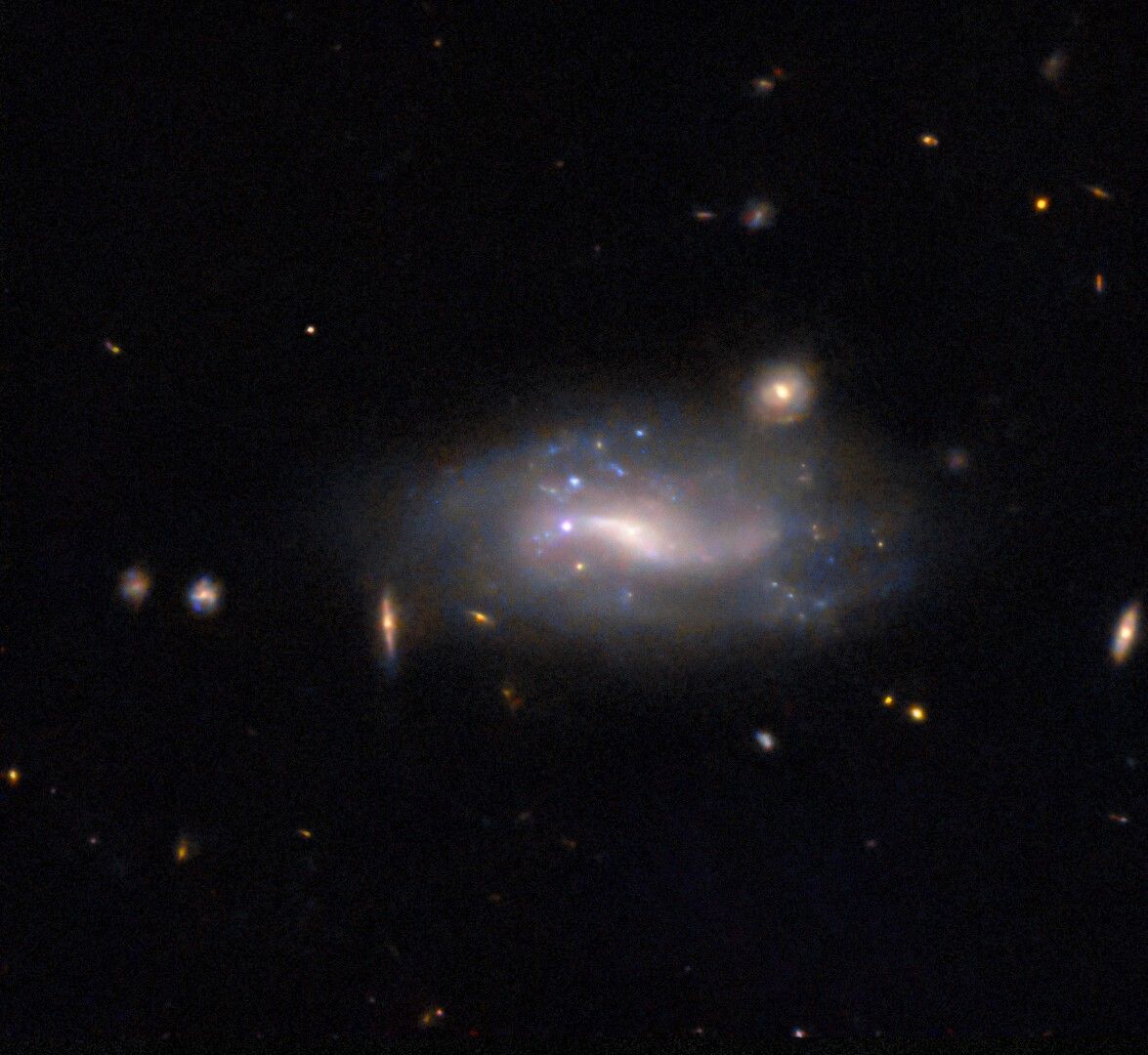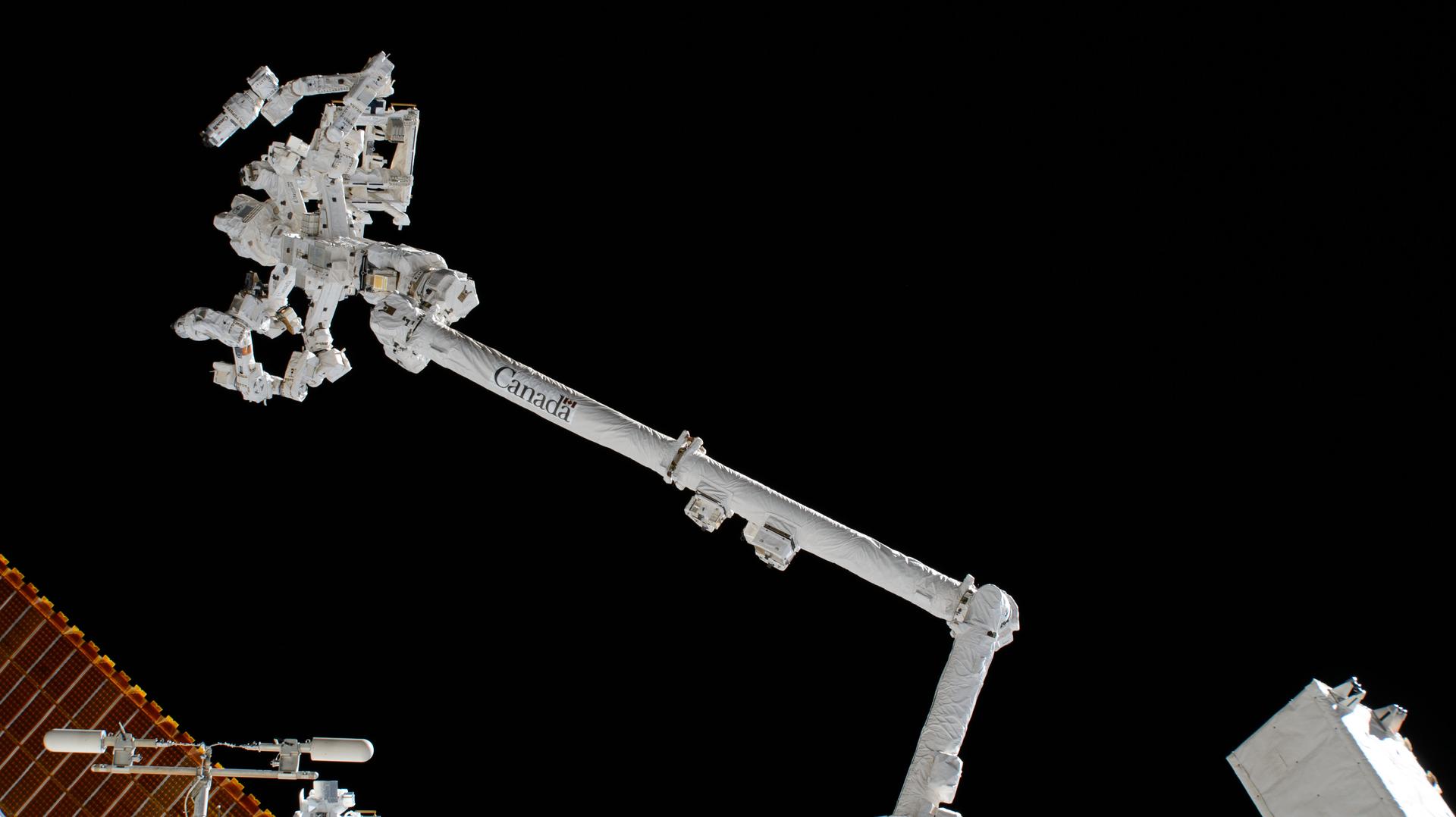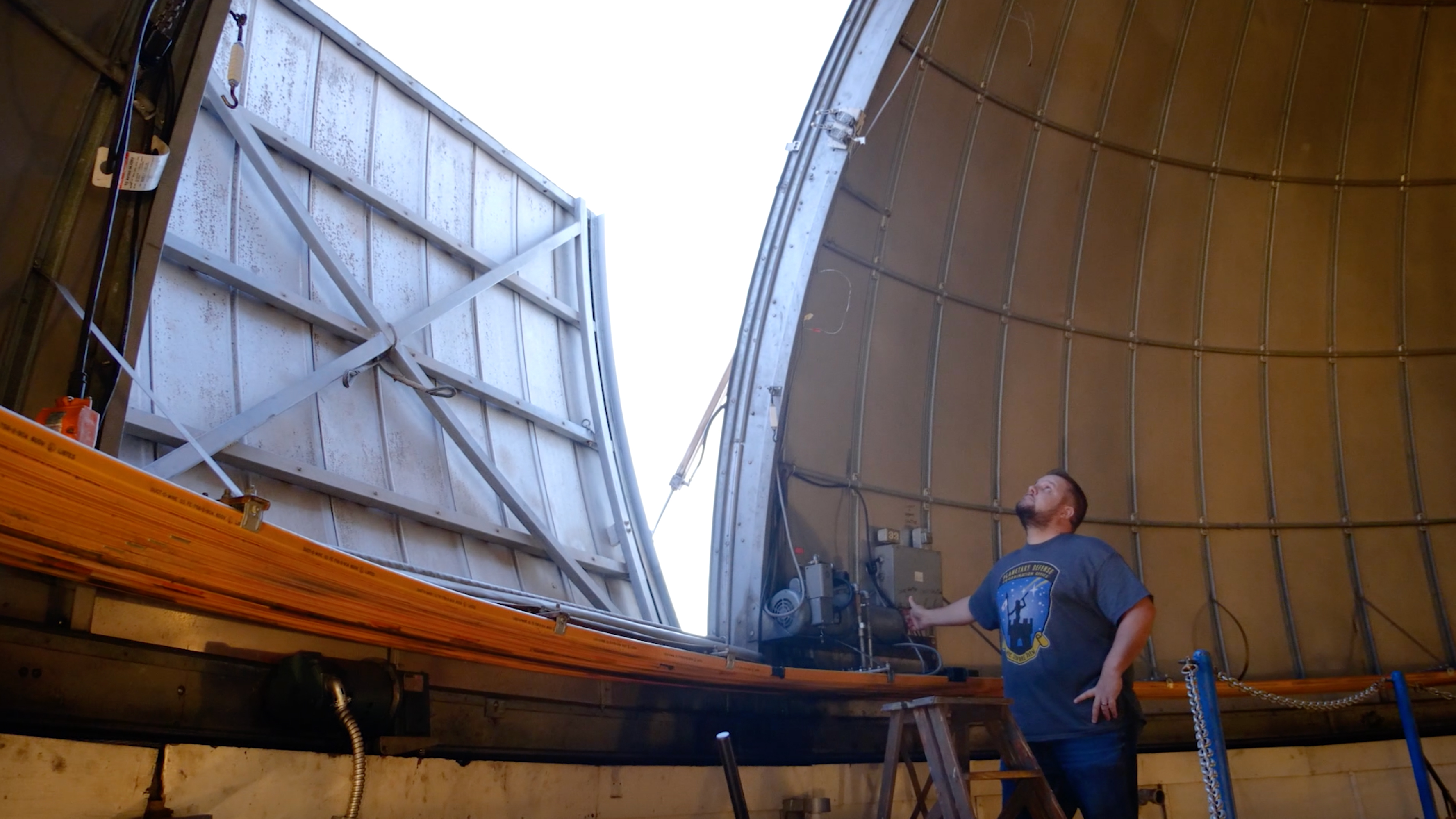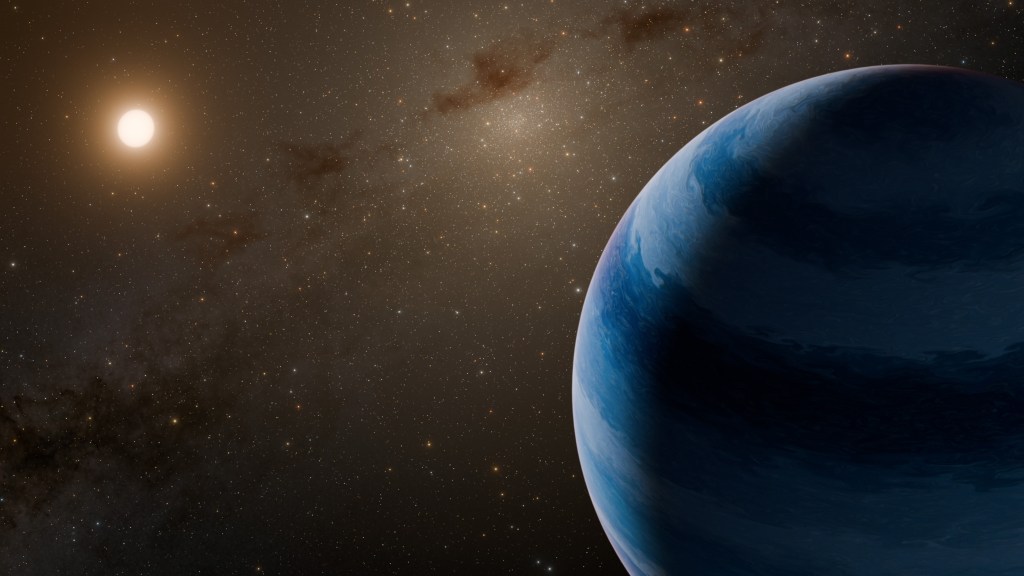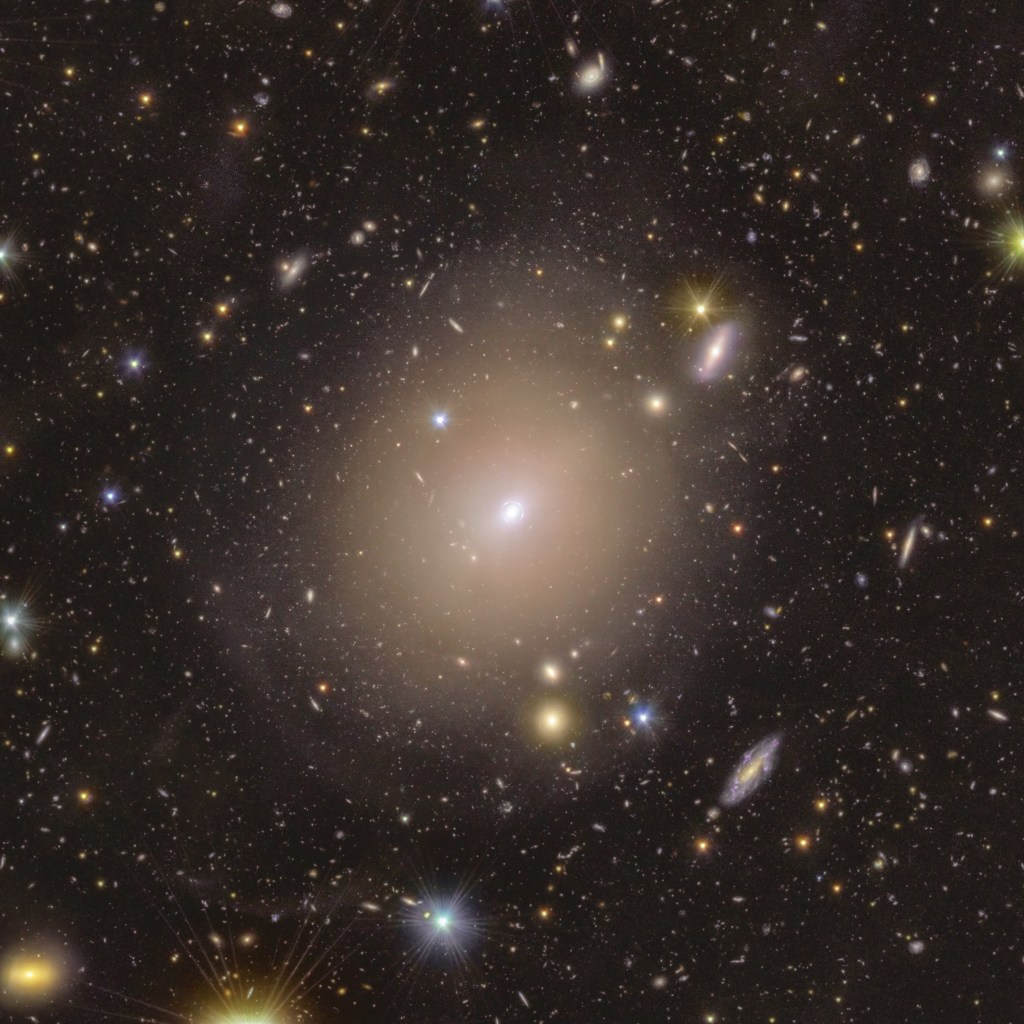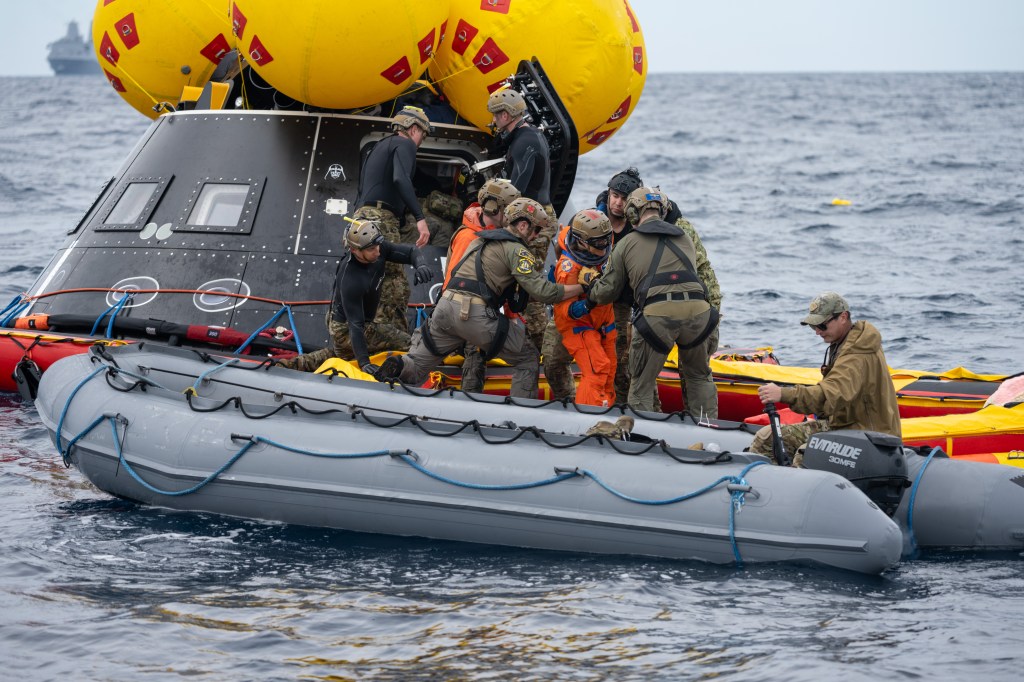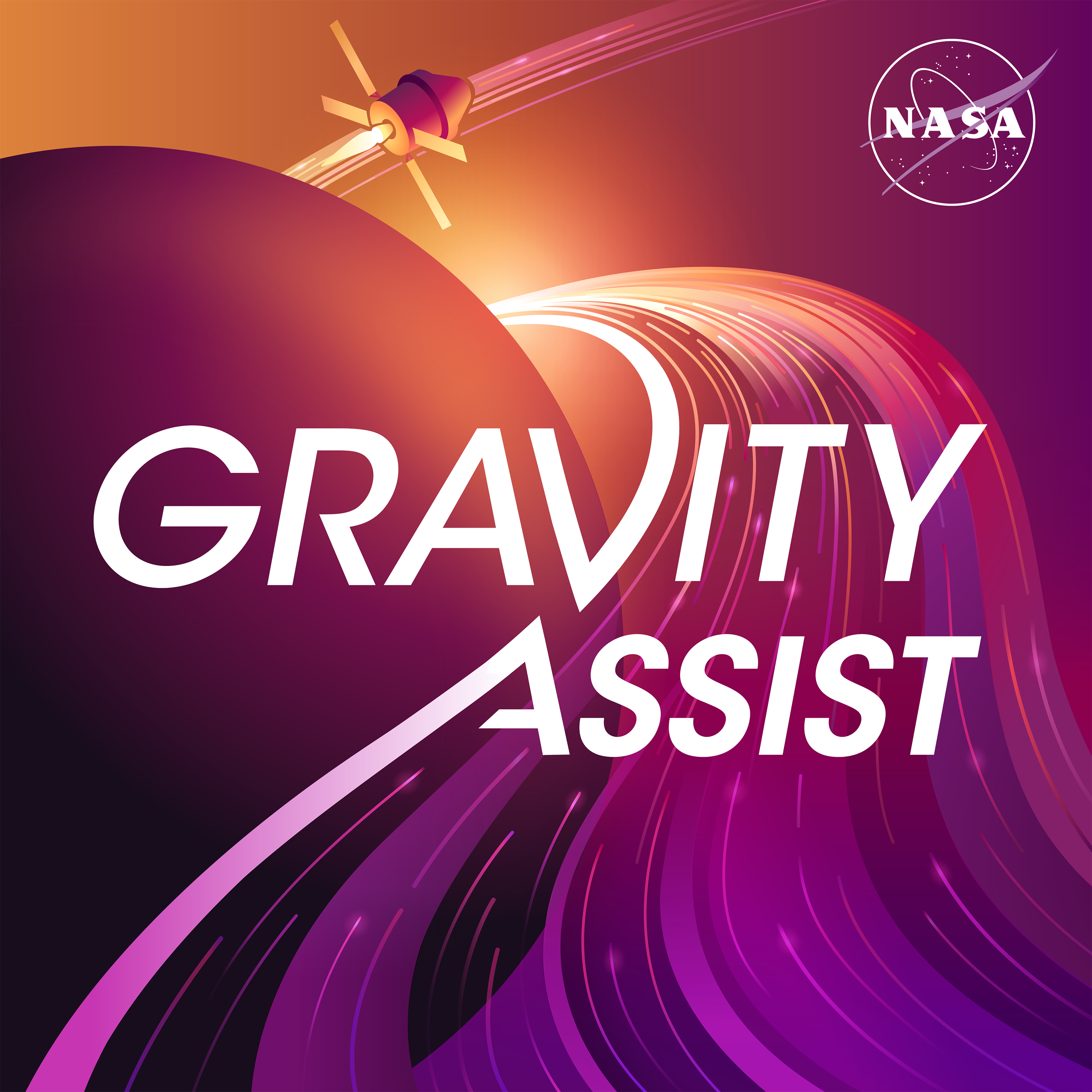Go behind the scenes at NASA with Chief Scientist Jim Green in the Gravity Assist podcast. We’ll talk to people who work in lots of different areas to make space missions and scientific investigations happen. How does someone become an astronaut, or an engineer working on the Ingenuity helicopter, or a science communicator? Everyone has a gravity assist – that person, place, thing, or event that inspired them to do what they’re doing now. New episodes will be released on Fridays. Check out the podcast atnasa.gov/gravityassist.
Kennda Lynch:My first summer internship at Kennedy Space Center, I got to see one of the shuttle launches, and that first shuttle launch and watching that spacecraft go into the air and hearing the noise and watching the alligators jump out of the water because it was so noisy for them was just so inspiring.
Jen Eigenbrode:How did Earth become what it is today, and is it really special? Why do we exist here today? These are the types of questions that made me the scientist that I am now.
Jim Green:Hi, I’m Jim Green, NASA’S Chief Scientist, and this is the Gravity Assist podcast. In this season of Gravity Assist, we’re going to go behind the scenes at NASA and we’re going to hear from the scientists engineers and others that work so hard to make these amazing space missions happen.
Jim Green:And I always like to ask my guests to tell me what that person, place or thing, or event that happened to them that got them so excited about being the space professional they are today. I call that their gravity assist.
Ken Bowersox:When I was about seven, I was riding in the family car with my father. And on the radio, we heard about John Glenn orbiting the Earth. And I remember asking my dad, “What’s that mean?” And he explained it to me. And I thought, “I want to do that. I want to be an astronaut someday.”
Bob Pappalardo:There was in the course catalog, “Ices and Oceans in the Outer Solar System,” taught by Carl Sagan, where I first learned about Europa and about Titan and Triton.
Lisa Pratt:If there was a sort of pivotal gravity assist for me, it was in my senior year when I took my first geology course.
Steven Dick:I’m a farm boy from Southern Indiana. So we had dark skies on that farm. And all you had to do is look up and see all those stars and wonder.
Nacer Chahat:I would say that my gravity assists are not engineer(s) or scientists but actually my parents.
Dana Bolles:So I would say that’s the gravity assist in my life, getting to NASA, is the people who loved and supported me through the years.
Jim Green:What was your gravity assist? Tell us on social media using the hashtag #gravityassist. And check out the podcast. It’s at nasa.gov/gravityassist.
Lead producer: Elizabeth Landau
Video producers: Sonnet Apple and Elizabeth Landau
Audio engineer: Manny Cooper

